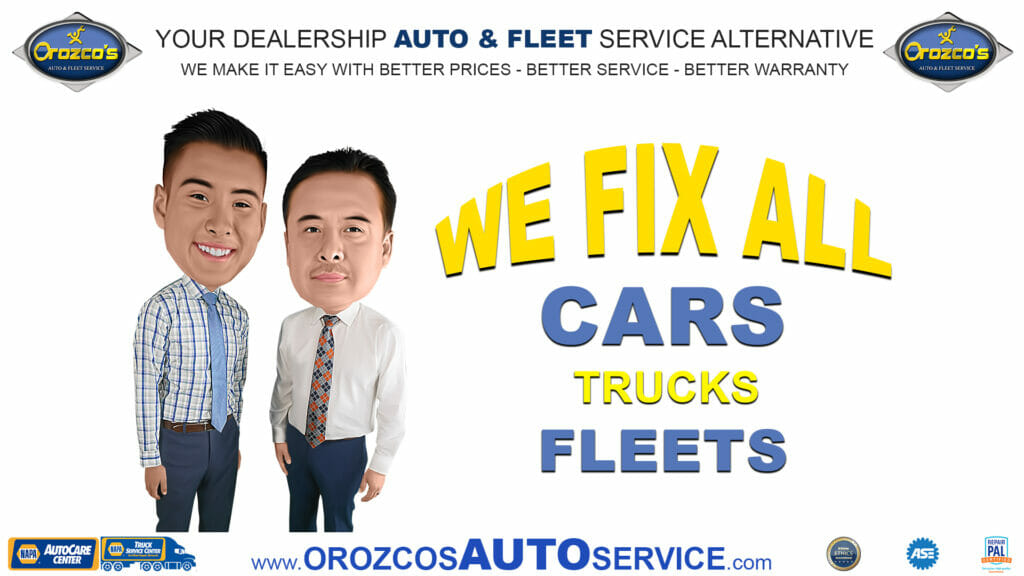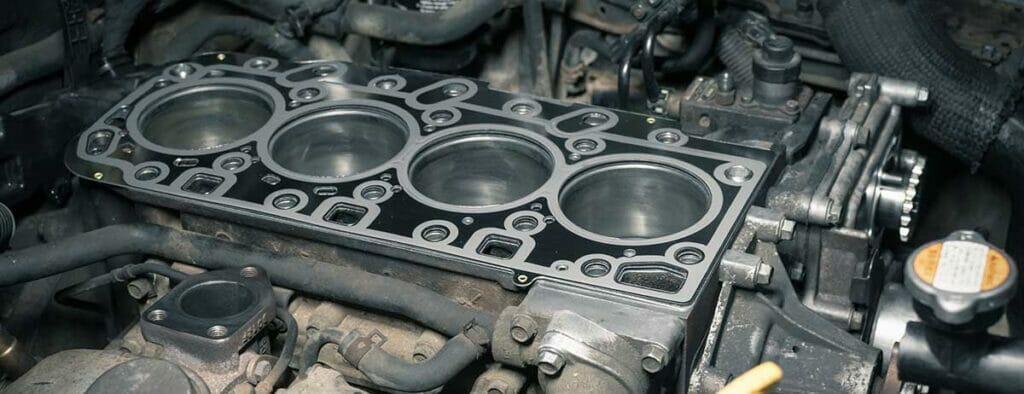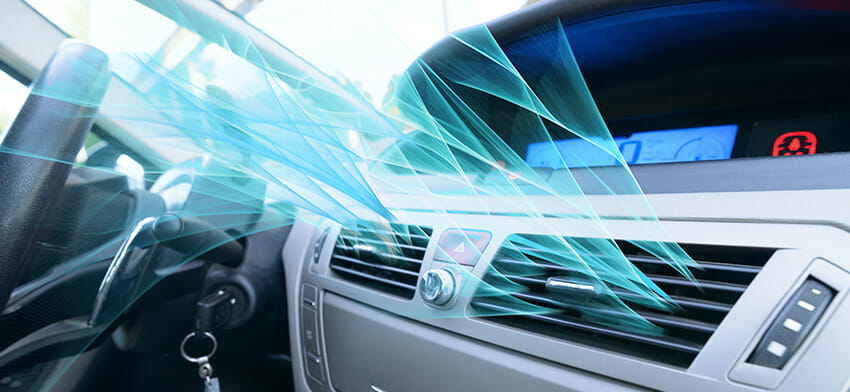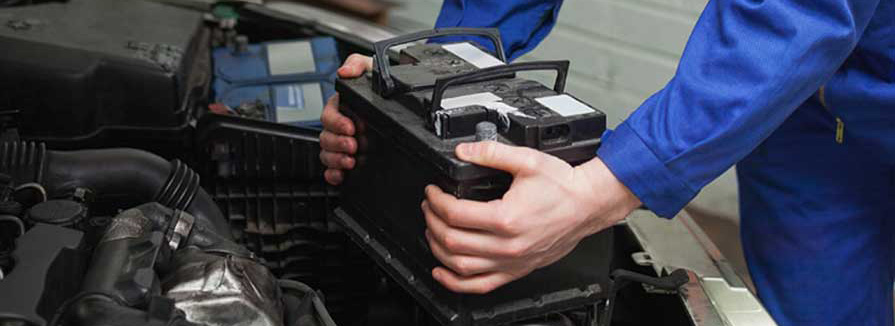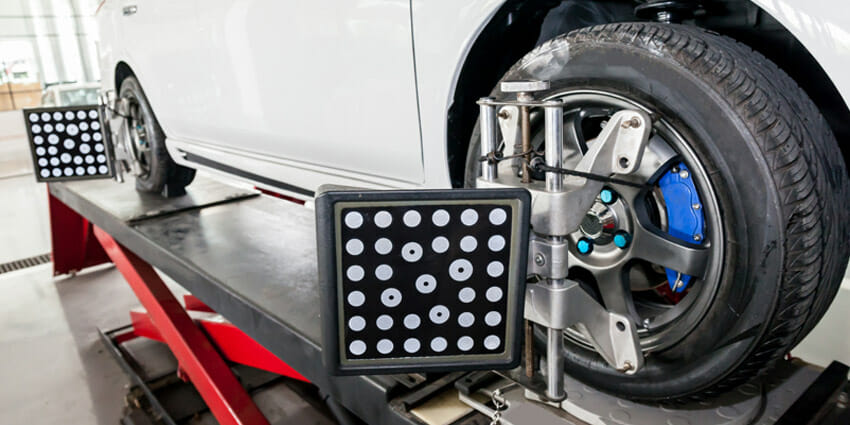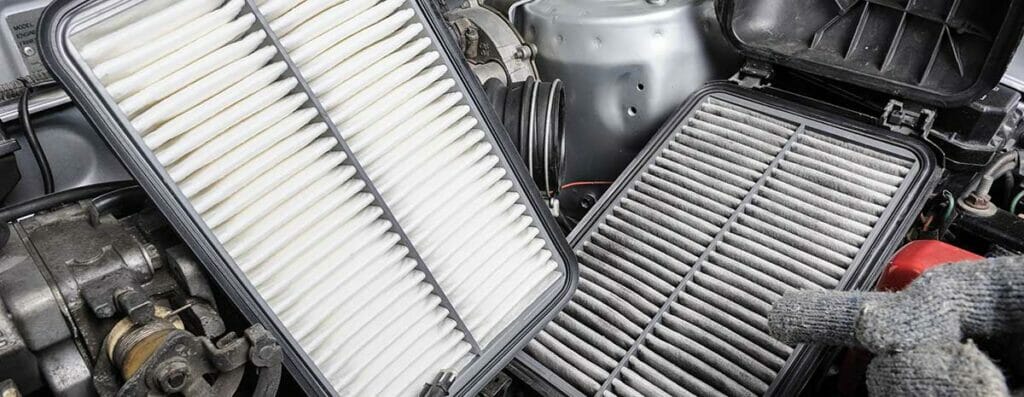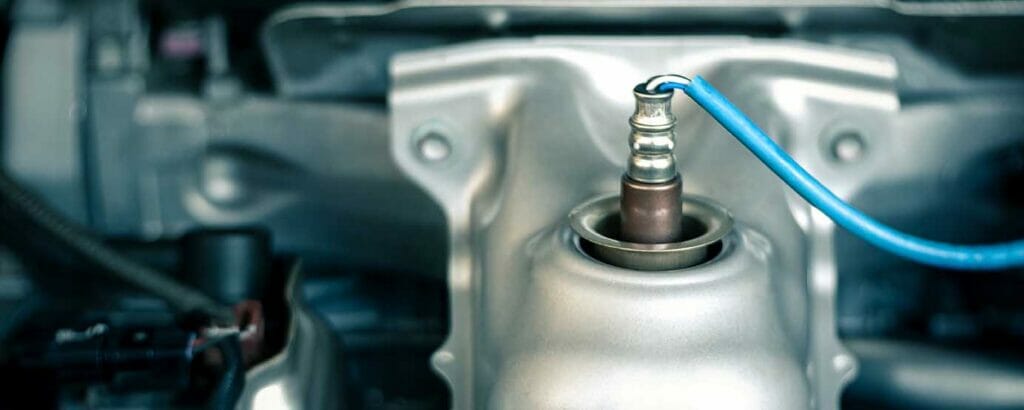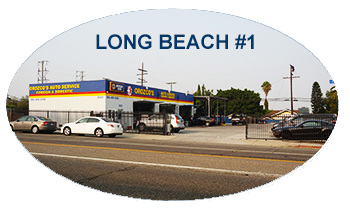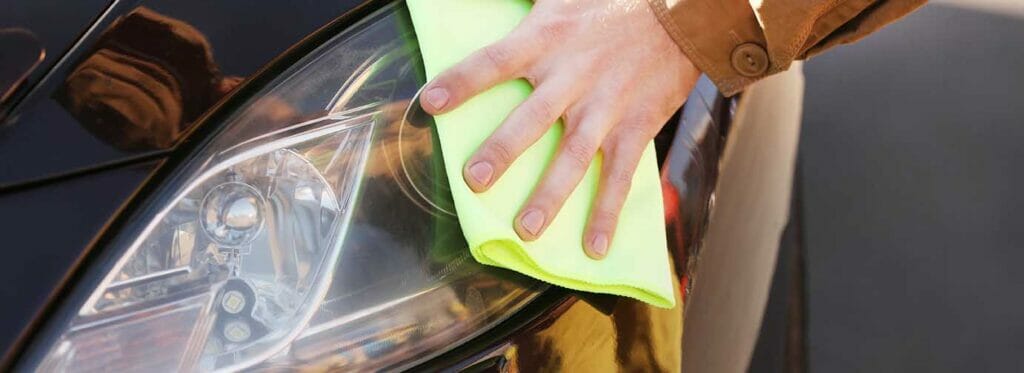
Long Beach Headlight maintenance
Here in Long Beach, having working exterior lights on your vehicle is especially important. Not only does it get dark when the sun goes down, like everywhere else, but because we are right by the ocean, much of the city is often enveloped in a thick fog late at night. Your vehicle’s lights – including headlights, tail lights, turn signals, brake lights, and fog lights – are some of the most important features you have to keep you safe at night by letting other drivers know where you are and where you intend on going. This is why it is important that your lights are always in working order whenever operating your vehicle.
Luckily, it’s easy to check if your lights are functioning properly – just turn them on and go look at them. In the case of brake lights, you’ll need a second person to either press the brake pedal or check the lights while you press the brake pedal. Maintenance is also usually easy, and even major repairs can be done quickly most of the time. Here are some tips that you can follow to keep your lights in good working order:
Inspect them regularly. If one of your lights isn’t working properly, it’s not only potentially dangerous, but it gives police an excuse to pull you over and potentially give you a fix-it ticket or look for a reason to search your car – and even if they decide to let you off with a warning, being pulled over is still a stressful inconvenience that can easily mess up your schedule. If you notice something wrong with one of your vehicle’s lights, don’t just ignore it or put it off. Take care of it as soon as you can!
Clean and polish your lights if needed. It’s important that you keep your headlight and taillight lenses clean and free of debris so that they can help you see and be seen to the best of their abilities. A dirty headlight lens can lessen the illuminating capabilities of your headlights and make it more dangerous for you to drive at night, while other lights being obscured can make it harder for other drivers on the road to see you, especially at night or in the fog. Lights can also become foggy due to the glass or plastic becoming scratched or damaged by the sun. There are products you can purchase to restore foggy headlights to make them like new again.
Replace any broken or defective parts as soon as you can to avoid getting a ticket. A cracked or broken headlight or taillight cover can not only get you pulled over and get you a ticket, but can let water get inside of your lights and cause other problems.
There are two main reasons that your lights can malfunction: either the bulb has burned out, or you have a short or some kind of electrical problem. A burnt-out bulb is relatively easy to replace yourself, although it can be a lot of work in some cars. An electrical problem will be harder to figure out and repair. Either way, If you are experiencing problems with your vehicle or have questions regarding Maintain Your Headlights visit Orozco’s Auto Service at any of our convenient locations in Long Beach, Bellflower, Garden Grove or Fullerton!
 Auto Repairs Near You – Get & Keep Your Car “Road Ready”
Auto Repairs Near You – Get & Keep Your Car “Road Ready” 





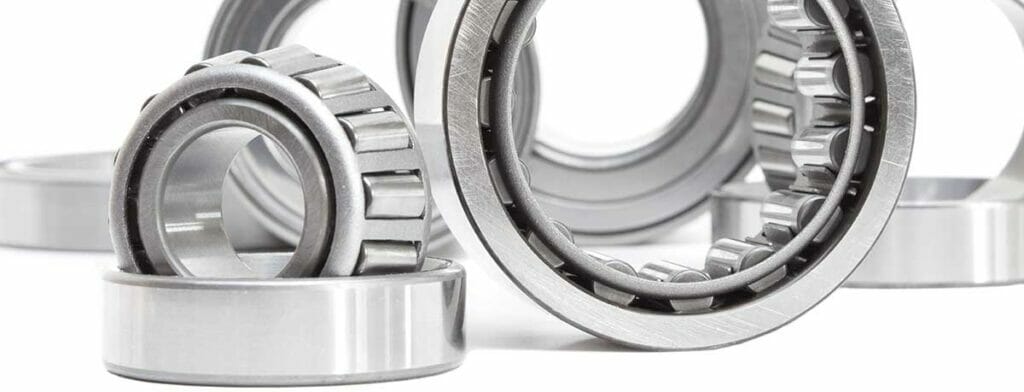
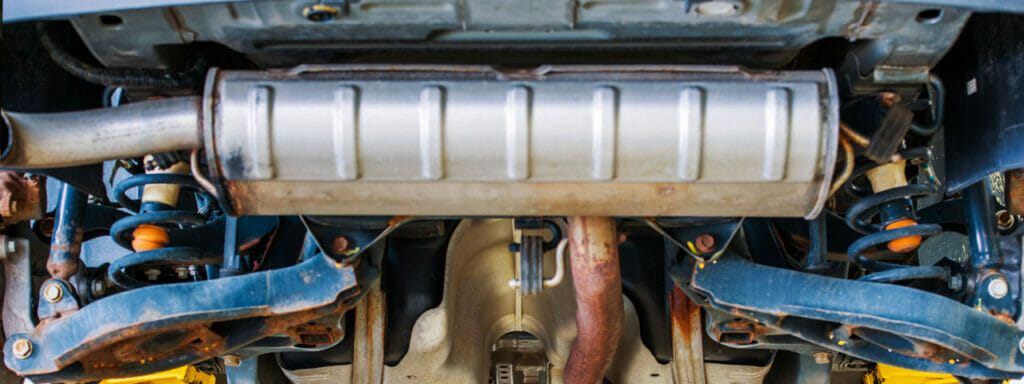
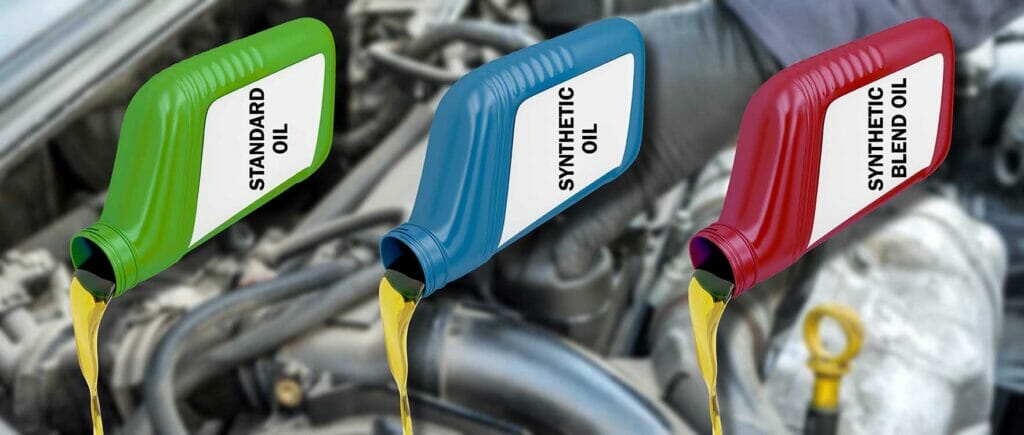

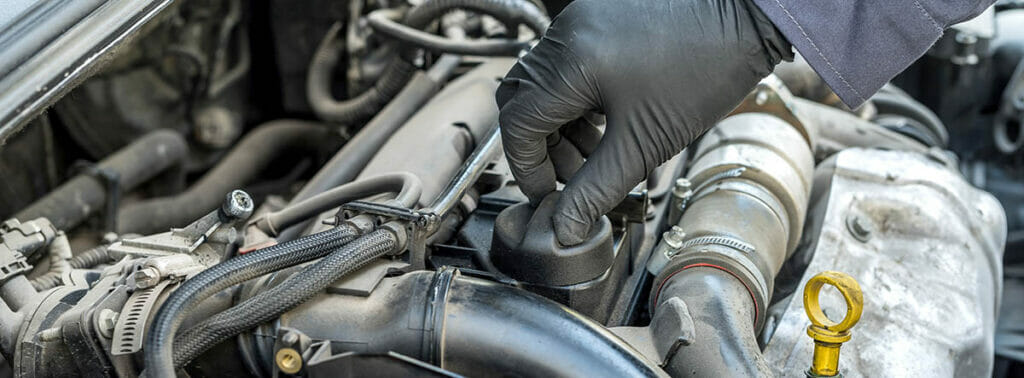
 Auto Ethics – You hear them all the time – horror stories of shady mechanics who do shoddy work, overcharge customers, upsell unneeded services or repairs, or even sometimes rig customers’ cars to break more, guaranteeing them more expensive repairs in the near future. Stories like these might make you not want to ever employ a mechanic at all. But even if you can do all your own basic maintenance and your car seems healthy, you need a mechanic you can trust for the almost inevitable event that a major problem comes up.
Auto Ethics – You hear them all the time – horror stories of shady mechanics who do shoddy work, overcharge customers, upsell unneeded services or repairs, or even sometimes rig customers’ cars to break more, guaranteeing them more expensive repairs in the near future. Stories like these might make you not want to ever employ a mechanic at all. But even if you can do all your own basic maintenance and your car seems healthy, you need a mechanic you can trust for the almost inevitable event that a major problem comes up.

